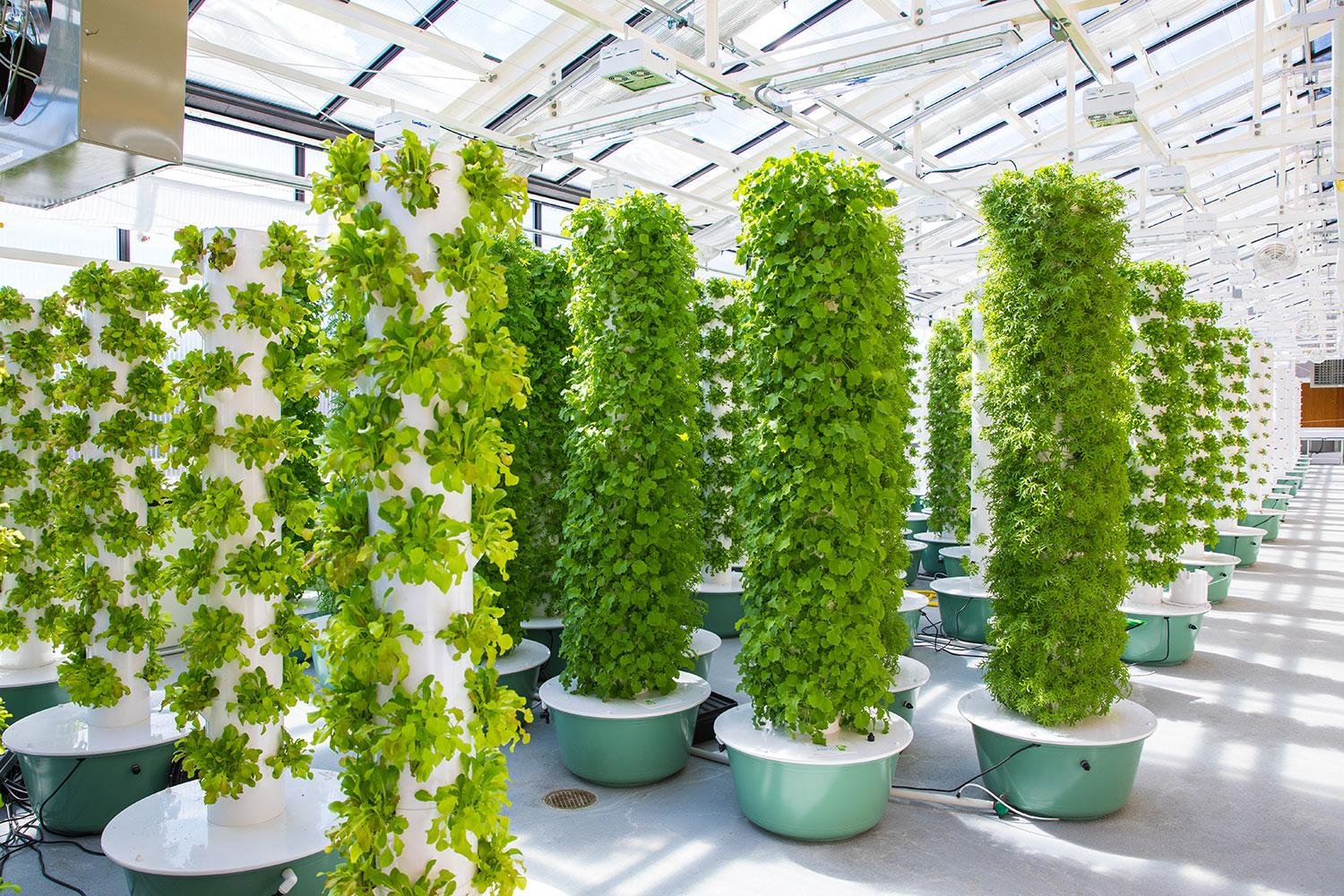The Modern Meal: What's Trending in Campus Dining
As higher education continues to evolve, campus dining spaces are adapting in innovative ways to cater to the diverse tastes and lifestyles of today's students.
Technology has enabled the current generation of students to have food information, ordering, and delivery at their fingertips. With media being more intertwined in the social lives of students than ever before, dining halls have heightened expectations to meet in 2024.
Here are a few ways in which design trends are transforming campus dining into vibrant hubs that not only satisfy hunger but also nurture communities and cater to the dynamic needs of the modern student.
Food is Community
Often experiencing life away from home for the first time, college students crave deep community. Roommates, peers, and neighbors become family when home is far away. This foundational community is typically formed by doing what families do-- sharing a meal. When the dining environment is comfortable for students, they will want to linger and talk for a while. When the seating in a dining hall is accommodating to groups of people, engagement will increase, and communities will form.
Restaurant, not Cafeteria
Modern dining halls have evolved far beyond the traditional cafeterias of the past. Retail-like experiences with multiple options of fresh, customizable foods are appealing to the 21st-century student. The ambiance of a space is another important factor to consider; sophisticated finishes, comfortable lighting, and inviting spaces create an environment suitable for both dining and just hanging out.
Connection to the Outdoors
Access to fresh air and sunlight can contribute to relaxation, concentration improvement, and stress relief for students. Whether it’s natural light or outdoor eating spaces, dining halls that integrate outdoor elements into the eating environment will quickly become a calming place where students can truly take a break and recharge.
The Origins of Food
Beyond creating a comfortable environment for students to dine in, having access to high-quality food is a key factor in crafting an excellent dining experience. Dining halls are being called to a higher level of quality as students are looking to eat for nourishment, rather than just to be full. When dining halls use fresh, local ingredients, the university is not only supporting the health of students, but the prosperity of the surrounding community.
Experience farm-to-table freshness without even leaving campus!
The University of Colorado Boulder's state-of-the-art greenhouse features an aeroponic, vertical farming system that supplies the Village Dining Center's salad bar with fresh greens every day-- straight from the greenhouse to student's plates.
Innovative Dining
New experiences and exciting changes on campus create shared community-building experiences that keep students engaged in the residential life of a campus. Finding ways to keep a dining hall consistently fresh is an exciting challenge that can be achieved with revolving art exhibits, new music, updated menus, and branding opportunities. Keeping the experience fresh is a key factor in transforming campus dining into a vibrant hub that attracts students from all corners of the campus.
Convenience is Key
For college students who are navigating busy schedules, a quick and convenient break to fuel up is an important way for universities to support students’ academic and social endeavors. Strategic locations of grab-and-go options are solutions students will look for to bring relief to their hectic schedules.
Global Food
Comfort food tastes different for everyone. The college experience can be a unique blend of exploring new things while occasionally seeking reminders of home. To accommodate this, dining halls can provide an array of unique culinary offerings spanning the globe, from smokehouse barbeque in Texas to halal in New York. Whether a student is craving a taste of their hometown or wants to venture into uncharted culinary territories, a dining hall with diverse options is quickly positioned as a reliable place of comfort for students.
Technology and Dining
Whether students are studying, watching a show, or using their phones, technology has a seat at the table during every meal. Today’s dining halls feature seamless integration of technology, with power outlets built into furnishings, Wi-Fi access, and digital connections to nutritional information, menus, surveys, and even suggestion “boxes.” Walls with large-format televisions allow for communal TV or movie viewing and even the occasional video game tournament.


